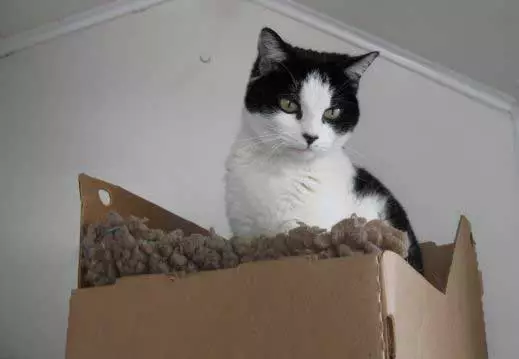The issue of unowned cats—those that live without a permanent home or owner—is a growing concern across many communities. These cats often live in shelters or foster homes, awaiting a chance for adoption. To address this pressing issue, International Cat Care has established a comprehensive initiative known as Cat Friendly Homing (CFH). This program strives to improve the lives of unowned cats by implementing effective strategies that facilitate their transition into permanent homes.
Unowned cats encounter a multitude of challenges, including stress from confinement, high susceptibility to diseases, and the emotional toll of prolonged periods without a stable environment. Shelters, while necessary as temporary solutions, can often create a stressful atmosphere for these animals. It is vital to minimize the time cats spend in such settings, as studies show that the longer they remain confined, the greater their risk of illness and mental distress. This knowledge has led to a paradigm shift in how shelters approach the care of unowned cats, focusing on reducing their omnipresent confinement and placing greater emphasis on their well-being.
The CFH program operates under a set of guiding principles aimed at making the homing process as humane and efficient as possible. Central to CFH is the ideal that no cat should suffer due to human intervention. This philosophy encourages caretakers to view each cat as an individual with unique needs and circumstances. The initial step in the homing process is intake, where it’s critical to assess the cat’s adaptability to domestic living. Only those deemed suitable for homing should be included in CFH, while those who are feral or unsuitable for pet life are managed through other strategies like Trap-Neuter-Return (TNR).
Neutering is also an essential component of the CFH process. Ensuring that all cats and kittens are spayed or neutered before they are put up for adoption helps prevent potential litters that could worsen the issue of unwanted cats. This proactive approach helps manage the population in a responsible manner, alleviating the burden on shelters.
Caring for unowned cats requires more than just a roof over their heads; it necessitates a comprehensive understanding of feline health and behavior. Caretakers must be equipped with the skills and knowledge necessary to recognize health issues, minimize distress, and promote both physical and mental well-being. Training programs for caretakers have been developed to ensure best practices are followed. By understanding how to identify discomfort in cats, caretakers can better respond to their needs—whether that involves providing a safe space to hide or simply offering affection.
Offering an enriching environment is crucial when housing cats in shelters. For instance, placing a hiding box within a cat’s enclosure allows them to choose their level of social interaction; a relaxed cat will often rest on top of the box rather than hide inside. This choice empowers cats, providing them with agency over their surroundings, which can significantly improve their mental health.
The CFH program emphasizes three primary stages in a cat’s journey: Intake, Care, and Outcome. During the intake phase, an assessment takes place to evaluate the cat’s temperament and suitability for adoption. This careful screening process ensures that only the cats most likely to thrive in a home environment enter the homing program. The care phase then focuses on providing individualized support, addressing both the physical health and emotional needs of the cats in question.
Finally, the outcome phase aims to facilitate successful adoptions that set cats up for lifelong happiness. This systematic approach ensures that the entire homing process is conducted with the highest respect for each cat’s individuality, increasing the likelihood of successful adoptions and improving outcomes for unowned cats overall.
Through initiatives like Cat Friendly Homing, we can advocate for unowned cats in our communities, ensuring they receive the care and consideration they deserve. By prioritizing their welfare and focusing on effective homing strategies, we pave the way for a brighter future for these vulnerable creatures.
